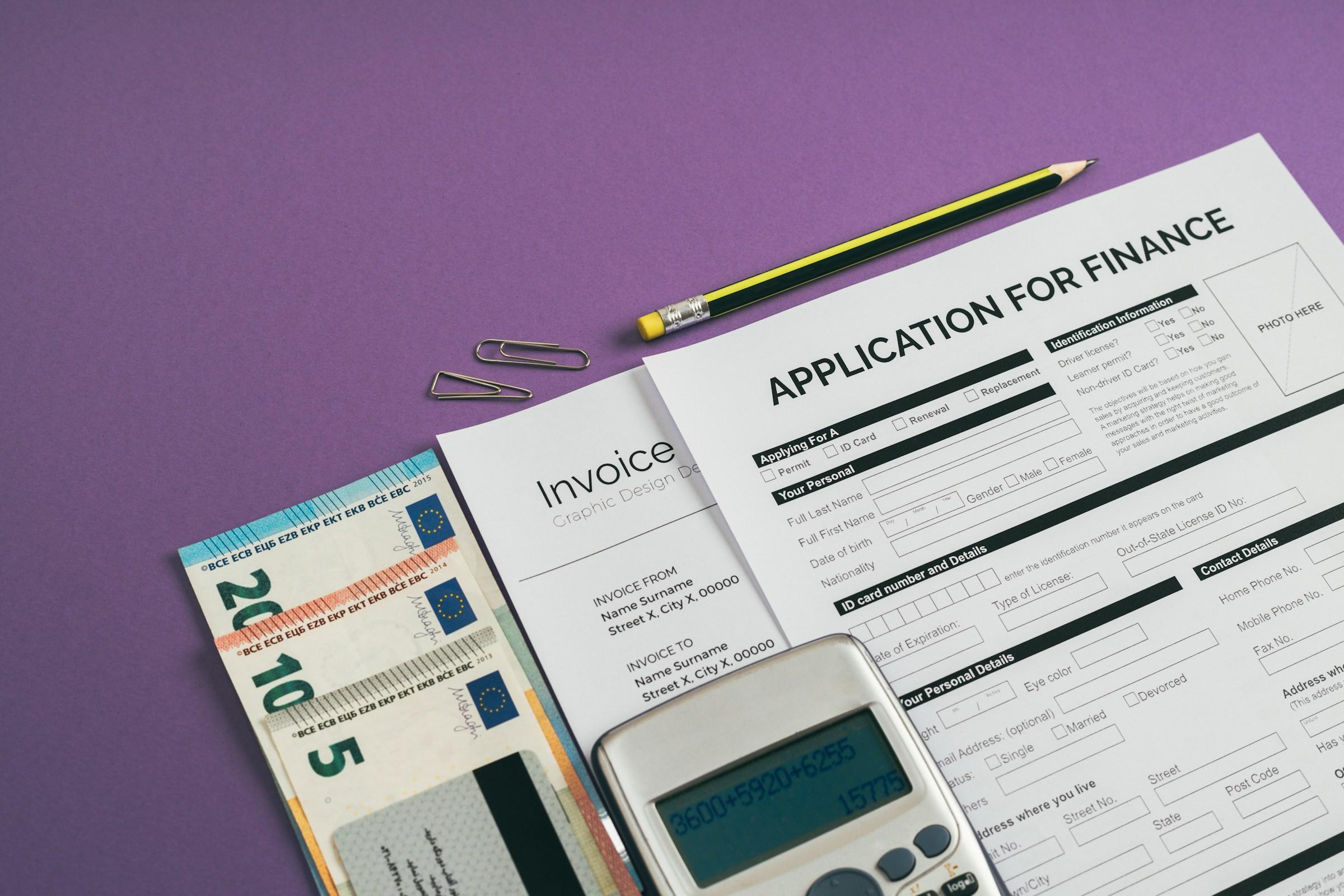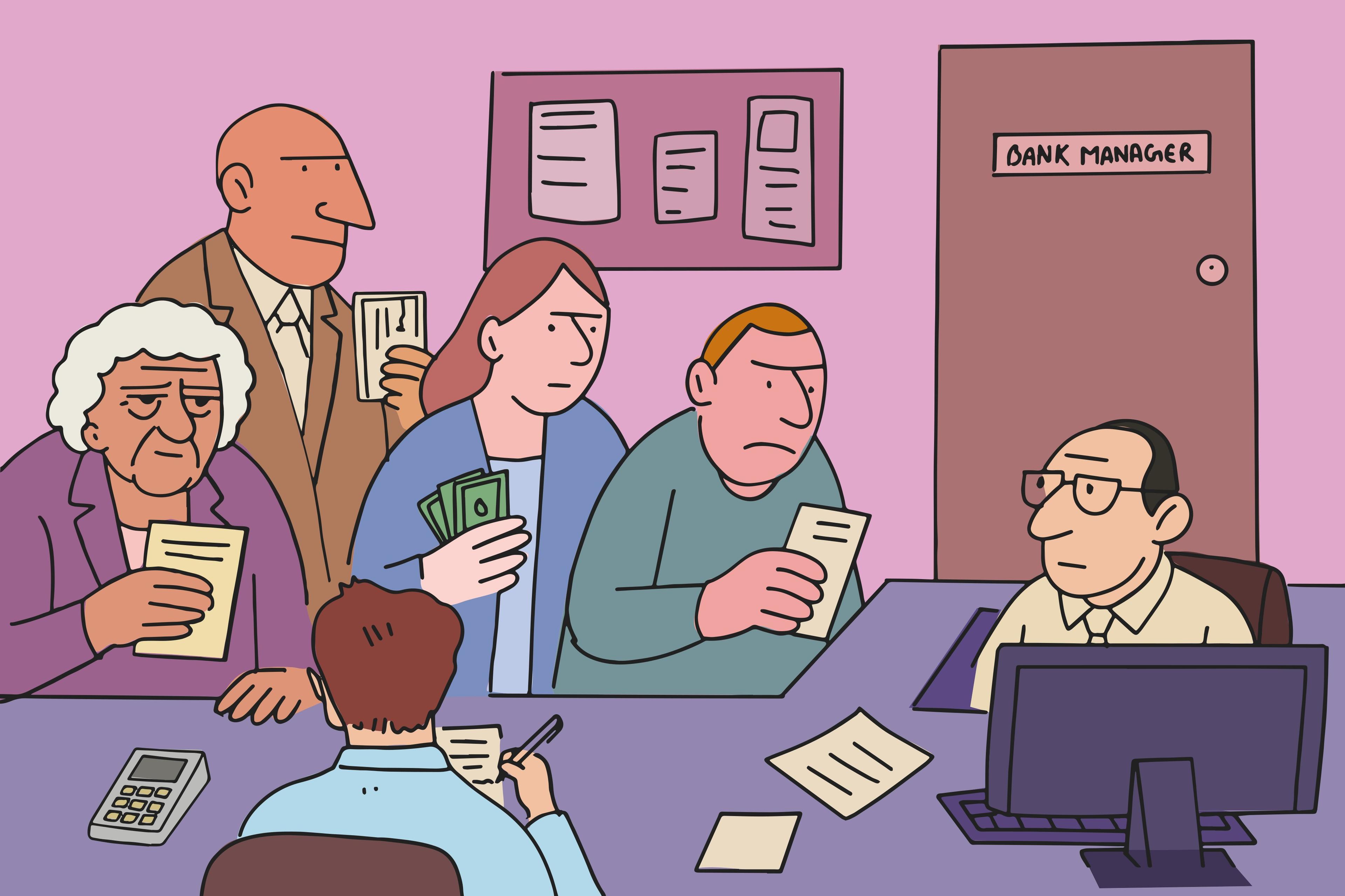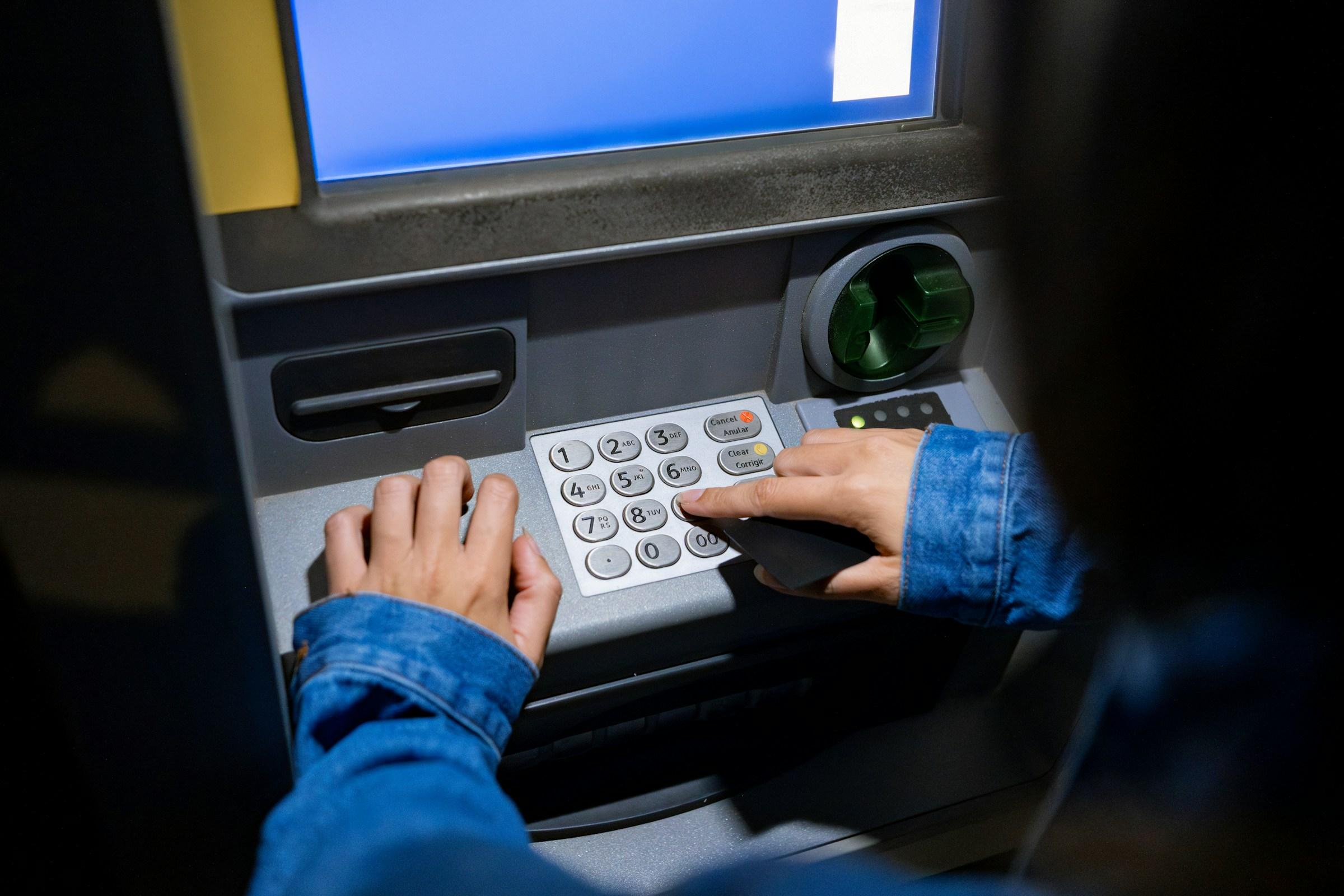If you have been counting down to forgiveness under an income-driven repayment plan, you are navigating two timelines that do not align. On one track, there are pauses and process backlogs inside the federal system. On the other, there is a tax clock that runs out on December 31, 2025. Federal law currently treats most student loan cancellation as tax-free through the end of 2025. After that, unless Congress acts, the forgiven amount under income-driven plans will once again be treated as taxable income at the federal level. That is the core risk behind the student loan forgiveness tax 2026 conversation, and it is why timing matters this year.
Recent administrative and legal developments have increased uncertainty. The Department of Education has temporarily paused discharges for borrowers on Income-Based Repayment while it responds to recent court orders, and the agency has not given a restart date. That pause sits alongside broader court actions that have blocked key elements of the SAVE plan, with the Department instructing servicers to resume interest charges on affected loans beginning August 1, 2025 in order to comply with an injunction. These are not abstract headlines. They affect when borrowers cross the finish line to cancellation.
Processing capacity is also a constraint. Status updates from the financial aid community show the Department has made decisions on roughly three hundred thousand IDR applications, with about 1.39 million still pending. Within a related program that lets public servants “buy back” years toward Public Service Loan Forgiveness, the pending queue at the end of July stood above seventy-two thousand requests. This indicates genuine throughput pressure that could push otherwise-eligible borrowers into 2026.
The policy conversation has turned sharper as a result. Senators led by Bernie Sanders wrote to Education Secretary Linda McMahon on August 18, urging the Department to move quickly on legally-mandated relief and warning that delays could create tax liabilities for people who should have received cancellation in a tax-free year. Their letter reflects a growing concern in Congress that administrative pauses will have unintended tax consequences for long-time payers.
So what actually becomes taxable in 2026, and what remains exempt. The American Rescue Plan Act made nearly all student loan forgiveness tax-free for 2021 through 2025. Without an extension, the old default returns on January 1, 2026. That means balances forgiven at the end of an IDR term would again be included in federal taxable income. By contrast, cancellation under Public Service Loan Forgiveness has always been excluded from federal income tax. Some states may treat things differently at the state level, so it is worth confirming state rules, especially if you live in places that have historically chosen to tax certain forgiven amounts.
The potential bill is not theoretical. Student loan expert Mark Kantrowitz has estimated that the average loan balance among IDR borrowers is around fifty-seven thousand dollars. If that amount were forgiven in a year when IDR cancellation counts as income, a household in the 22 percent bracket could see a federal bill above twelve thousand dollars, while a 12 percent bracket filer could still face several thousand dollars due. The individual math will vary based on your taxable income and state of residence, yet the point stands. If discharges slip into 2026, the forgiven amount could land on your Form 1040 as ordinary income unless Congress extends the current relief.
There is also a secondary timing wrinkle. Many borrowers have been relying on the payment count adjustment that credited more past months toward IDR timelines. That adjustment completed in late 2024 with updated counts displayed beginning in January 2025, yet the pause on IBR discharges means some borrowers who technically crossed the threshold are still waiting for completion. When legal compliance and system updates delay discharge, the tax year in which the cancellation actually posts is what matters for your return. That is why record-keeping and cross-checking your count with your servicer is worth the time this year.
Here is how to approach this like a long-term cash-flow decision rather than an emergency. Start by anchoring your plan to the year-end line in the sand. If you are on track for cancellation in 2025, document everything. Save updated payment counts, servicer communications, and any dated notices that show you met criteria this year. If the discharge posts before December 31, current law treats it as tax-free at the federal level, which simplifies your 2025 return. If it does not, those records still matter for audits, appeals within the loan system, or any potential legislative fix that uses established eligibility dates.
If your timeline stretches into 2026, model a range rather than a single number. Pull your latest balance and your marginal federal tax bracket. Then translate a few forgiveness amounts into estimated tax using simple percentages for your bracket so you can see the envelope of outcomes. If you believe your bracket may change in 2026 because of a career move or a marital status change, include that in your scenarios. This is not about guessing perfectly. It is about avoiding surprise.
Consider a savings buffer that fits your cash-flow capacity. Some borrowers will be able to carve out a dedicated reserve across the next twelve to eighteen months. Others may prefer to earmark a portion of their regular emergency fund as a “tax holdback” with a plan to refill it after filing. If your margin is tight, it can be more realistic to seed a small reserve now and plan to rely on an IRS payment plan for the remainder. The IRS offers installment agreements that let you pay over time, often set up online with straightforward terms.
Know the safety valves, too. If the forgiven amount would create a serious hardship, the tax code includes an insolvency exclusion for some discharged debts. In very specific situations where your total liabilities exceed your total assets, a portion of canceled debt can be excluded from income by filing Form 982 with your return. That route requires careful documentation and is not a blanket solution, yet it exists for households that would otherwise be pushed over the edge. In even tougher cases, the IRS can consider an Offer in Compromise, which settles tax debt for less than the full amount when full payment would create severe financial hardship. These are not first-line tools, but they are legitimate options if you qualify.
Keep the program distinctions clear. If your path is Public Service Loan Forgiveness, federal tax is not the issue, although a handful of states have, at times, chosen to tax certain forgiven amounts. If your path is Total and Permanent Disability discharge, federal law currently treats that cancellation as nontaxable as well. The tax concern mainly returns for borrowers whose discharges will happen at the end of an IDR clock if that clock runs into 2026. Reading the fine print on which forgiveness you are pursuing will keep you from preparing for a bill that will not arrive, or ignoring one that might.
It is also smart to manage the policy risk you cannot control. The Department’s public notices reflect a legal and administrative environment that can shift within a single quarter. Injunctions have changed how interest is assessed under SAVE, and pauses have halted IBR discharges while systems are updated. Lawmakers are engaged, yet engagement does not guarantee relief on your timeline. If Congress acts to extend the tax-free window, that is positive. If it does not, your plan still works because you designed it around the current law with room to adapt.
Two final practical notes will make next spring calmer. First, file on time even if you cannot pay in full. Filing protects you from larger failure-to-file penalties and keeps your options open for payment plans or hardship status. Second, avoid third-party “tax relief” sales pitches. The IRS offers direct ways to set up payment plans and to evaluate hardship options. Many paid intermediaries simply repackage those free tools. In a year where your balance disappears but a tax bill shows up, you want clarity and control, not another contract.
You do not need to rebuild your entire financial life to prepare for this. You do need a clear view of your timeline, a reasonable savings buffer, and a backup plan that uses existing IRS pathways if the calendar slips. If you expect forgiveness in 2025, keep your documentation tidy and stay close to your servicer until the discharge posts. If you expect forgiveness in 2026, treat the potential tax as a one-time expense to spread over months with cash you can spare and a payment plan for the rest. The smartest plans in uncertain seasons are the ones you can actually follow, not the ones that assume perfect timing.
Where the facts come from, at a glance: federal tax treatment through 2025 and the return of taxable treatment in 2026 are documented by the IRS and widely reported by tax outlets. The Department of Education’s public updates explain the SAVE-related injunction and interest accrual changes, while independent reporting confirms a temporary pause on IBR discharges. Backlog figures are from the National Association of Student Financial Aid Administrators. Congressional pressure on the Department is documented in an August 18 letter led by Senator Sanders. IRS options for taxpayers who cannot pay in full are available through installment agreements, and hardship tools such as the insolvency exclusion and Offers in Compromise remain in the code.
Nothing here is individualized tax advice. A licensed tax professional who can see your full return, your asset picture, and your state rules can tailor this plan to your situation. The goal is to keep your long-term money strategy intact whether your discharge posts this December or next March. The rules may keep moving, but your preparation can stay steady.








-1.jpg&w=3840&q=75)



.jpg&w=3840&q=75)


-1.jpg&w=3840&q=75)